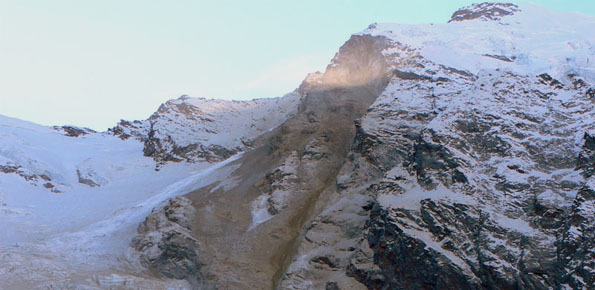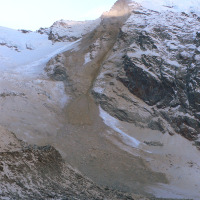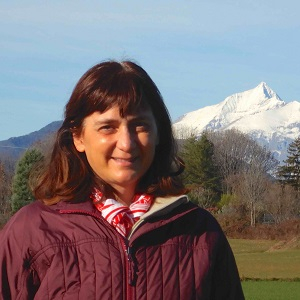Role of climate change in the morphogenesis of glacial-periglacial environments and analysis of associated risks

Background
Climate change in the Greater Alpine Region is seriously affecting glacial and periglacial areas, especially for the presence of snow, glaciers and permafrost (cryosphere), with relevant consequences on slope stability. Cryosphere degradation, changes of the precipitation and temperature patterns and of the hydrological regimes, are some of the main terrestrial indicators of climatic change. Moreover, the increasing number of tourists and human activities rise the level of risk.
Purpose
The project aims to document and analyze the morphogenetic processes occurring in glacial and periglacial environments, the correlations with the main meteorological-climatic parameters, the impacts in terms of hazard and risk.
Methods
i) documentation and analysis of the numerous and varied phenomena of natural instability occurring in glacial and periglacial environments, with particular attention to those occurred in the Alps in the last 30 years; ii) acquisition and analysis of climatic and hydrological data registered by stations located in mountain areas; iii) identification and study of the relationships between geomorphological dynamics and climatic variables; iv) identification of particularly sensitive and vulnerable mountain areas, monitoring of their evolution over time, definition of future scenarios; v) assessment of the impacts of ongoing processes on anthropogenic activities and structures; vi) development of innovative methodologies with a low environmental impact, based on the integration of advanced technologies.
Results
- Implementation of a dataset on the events of natural instability that occur in the glacial and periglacial environments of the Italian Alps;
- Characterization of the vertical thermal gradient in selected alpine areas, aimed at: a) knowledge of the thermometric variable at high altitude, useful for the understanding of the triggering mechanisms of instability phenomena; b) analysis of its temporal tendency and its seasonal, annual and spatial variability;
- Analysis with statistical methods of thermo-pluviometric data associated with the triggering of slope instability events in high-altitude environments in the Italian Alps, aimed at identifying climatic anomalies potentially responsible for the preparation and triggering of such events;
- Field surveys, geo-climatic characterization and reconstruction of the evolution of glacial areas and recently deglacialized, aimed at studying the interaction between climatic forcing and morphogenetic processes, in the context of ongoing climate changes, with particular reference to the pilot sites of the Breuil and Arguerey glaciers (La Thuile, AO);
- Thematic mapping for the study of the multitemporal evolution of glacial areas and of recent deglaciation and for the analysis of the morpho-lito-topographical conditions favorable to the triggering of instability processes, in the context of the ongoing climate change;
- Joint research activities with Simon Fraser University (Canada) on the impact of climate change in high-altitude areas on a global scale and the actual significance of the phenomena analyzed as indicators of ongoing climate change, in the context of scientific collaboration agreement between CNR-IRPI and CNHR;
- Activities of higher education, communication and dissemination on the issues related to the project.
Products
- Reports and scientific publications;
- Datasets of the events of natural instability occurred in the glacial and periglacial environments of the Italian Alps;
- Datasets of the vertical thermal gradients in selected alpine areas;
- Set of data and statistical and graphic elaborations concerning the natural instability events analyzed;
- Set of multitemporal data referring to alpine glacial systems, with particular reference to the pilot sites of the glacial basins of Breuil and Arguerey (La Thuile, AO);
- Thematic maps of glacial and recently deglaciated areas.
Conclusions
The high mountains are increasingly proving to be particularly sensitive to the ongoing climate warming. The systematic and continuous monitoring, over the years, of the morphogenetic processes and of the natural instability events that here develop can provide valuable information for the definition of hazard and risk scenarios in the short and medium term, as well as contributing to the understanding of the terrestrial impacts of climate change.




 Internal contact person: marta chiarle -
Internal contact person: marta chiarle -